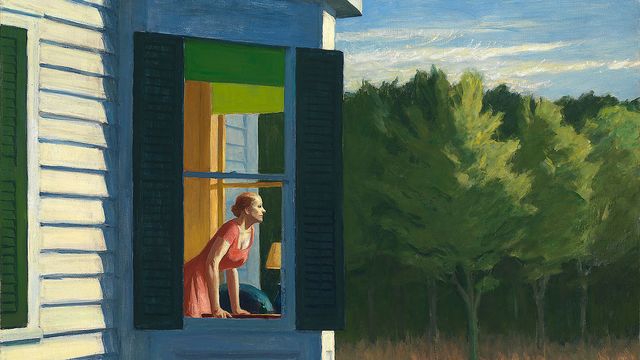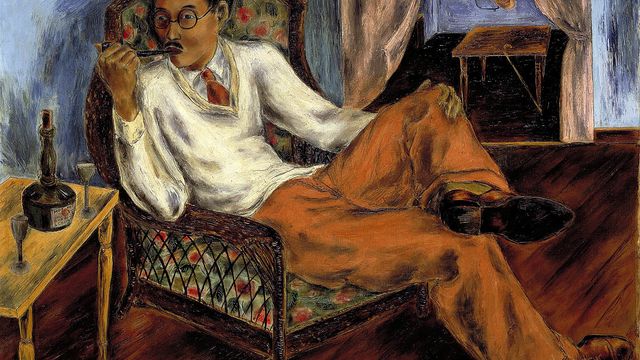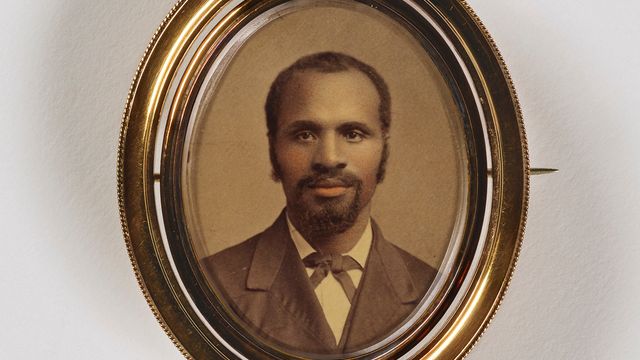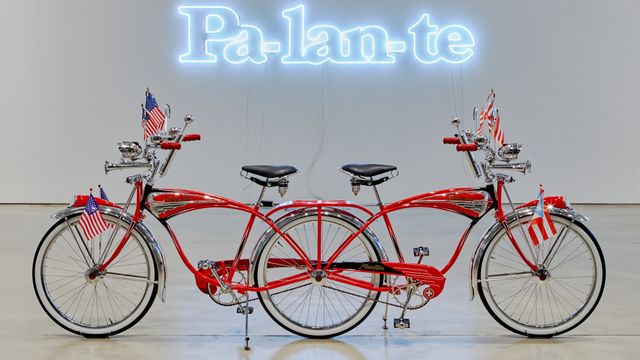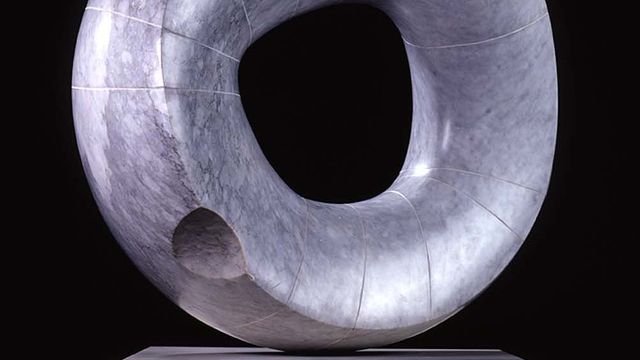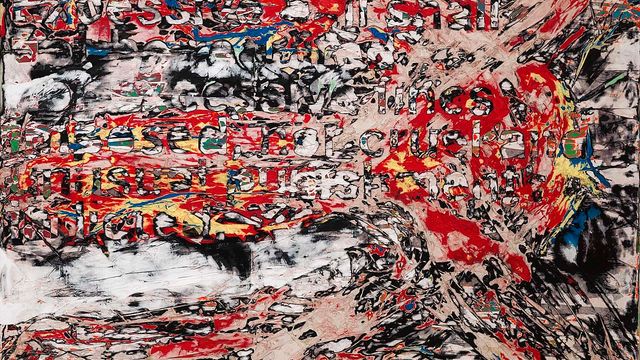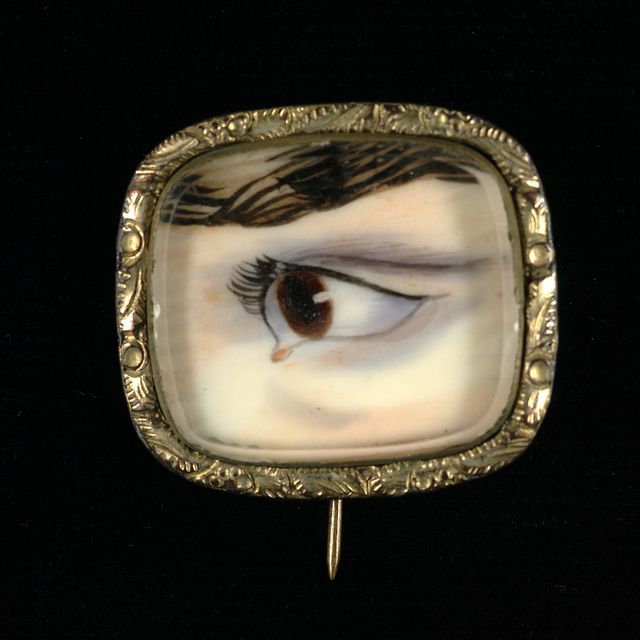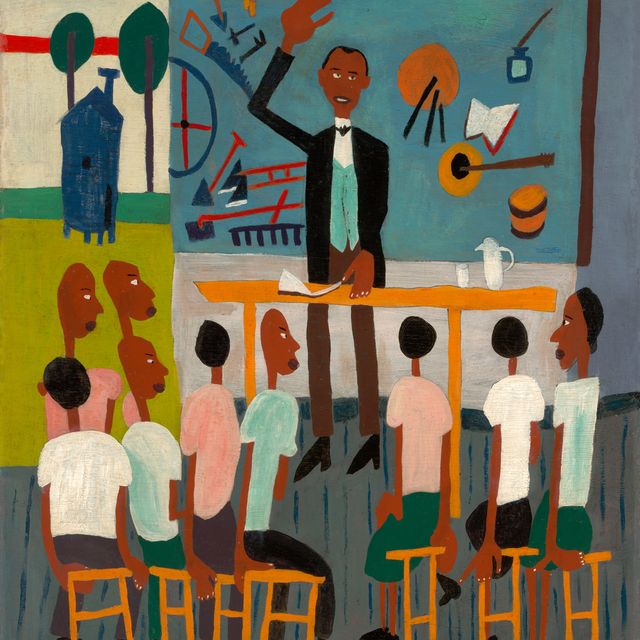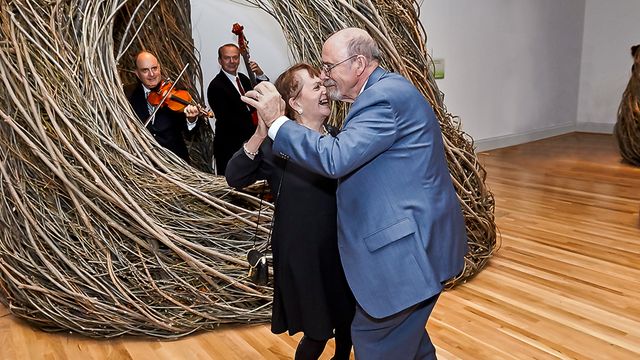Copied
Julian Scott, Surrender of a Confederate Soldier, 1873, oil on canvas, 19 3⁄8 x 15 1⁄2 in. (49.2 x 39.4 cm), Smithsonian American Art Museum, Gift of Mrs. Nan Altmayer, 2012.23
Free to use
Copied
Artwork Details
- Title
- Surrender of a Confederate Soldier
- Artist
- Date
- 1873
- Location
- Not on view
- Dimensions
- 19 3⁄8 x 15 1⁄2 in. (49.2 x 39.4 cm)
- Credit Line
- Gift of Mrs. Nan Altmayer
- Mediums
- Mediums Description
- oil on canvas
- Classifications
- Subjects
- Object — other — flag
- History — United States — Civil War
- Occupation — military — soldier
- Figure group
- Object Number
- 2012.23




